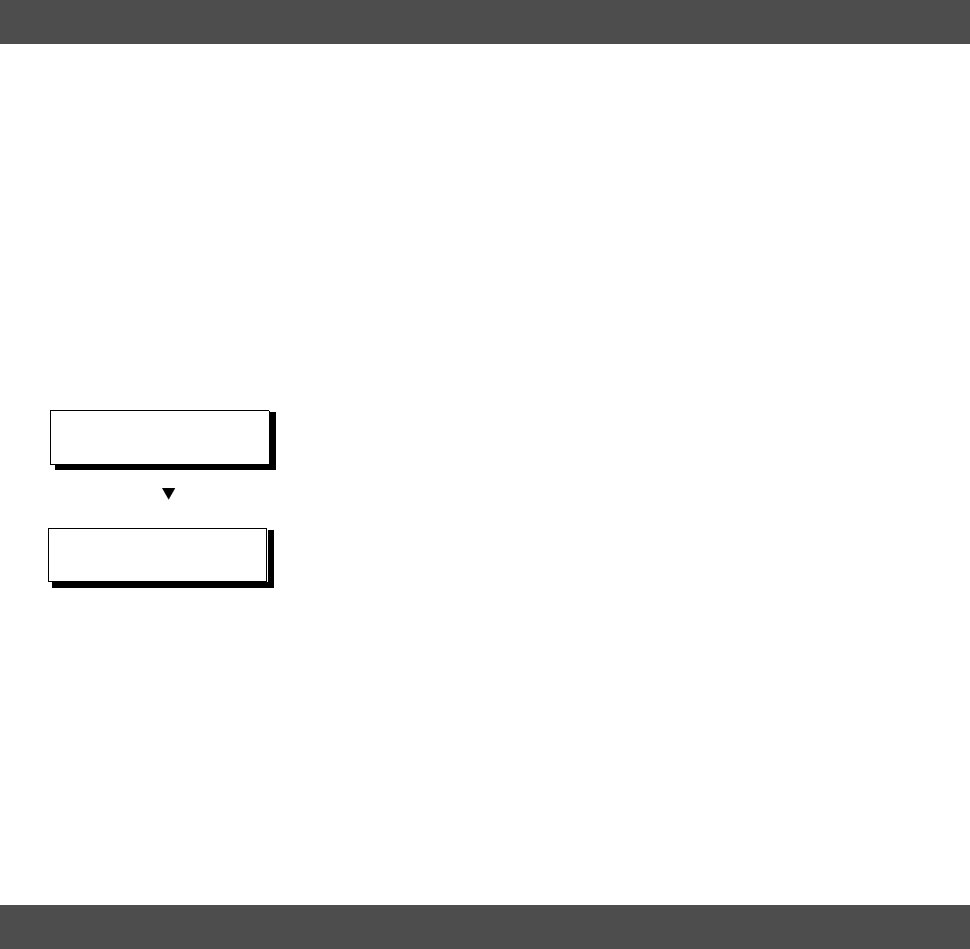
Internet Communication Features
28
DHCP is a protocol for dynamically assigning IP addresses to Internet Fax and client PCs. With DHCP, an
Internet Fax can automatically acquire a unique IP address each time it connects to a network making IP
address management an easier task for network administrators. When an Internet Fax logs on to the
network, the DHCP server (see Note) selects an IP address from a master list and assigns it to the system.
If you wish to enable the following options on your Internet Fax, a static (reserved by a Network
Administrator) IP address and configurations must be used instead of the DHCP operation.
SMTP Receiving
G3 Gateway
Direct SMTP (Direct IFAX XMT)
Note:
If your machine fails to log onto the DHCP Server, the following message will display on the LCD:
DHCP ERROR
INFO. CODE=722
DHCP NOT RESPONDING
1:RETRY 2:DISABLE
Pressing "1:RETRY":
Will cause the machine to reboot and attempt to reconfigure the TCP/IP.
If your machine still cannot log onto the DHCP Server, you will be required to program the Internet User
Parameters yourself manually, or ask your network administrator to resolve the DHCP Server logon
problem.
Pressing "2:DISABLE":
Changes the DHCP setting (Fax Parameter No. 169 - DHCP CLIENT) to "1:Invalid", requiring you to
program the Internet User Parameters yourself manually.
The Internet's emergence as a worldwide digital infrastructure has dramatically encouraged a market for
communications-oriented appliances. However, the no object security technique has gained widespread
and dominant use over the Internet due to several reasons.
1. Internet mail is a multi-hop store and forward architecture, and use of channel-based security is
generally difficult.
2. No single technique is recommended by the Internet Fax standard.
To improve and robust the system, Authentication through encryption based techniques are provided as a
typical solution. The techniques may be associated with the transmission channel, such as by using Simple
Authentication and Security layer (SASL).
Some Internet Service Providers (ISP) take advantage of Internet mail service by providing an
Authentication feature.
Your Internet Fax provides the following three Authentication options.
1. SMTP Service Extension for Authentication (SMTP AUTH) -- while sending
2. Lightweight challenge-response mechanism POP (APOP) -- while receiving
3. POP before SMTP -- performs POP procedure prior to every SMTP transaction
Dynamic Host Configuration Protocol (DHCP)
SMTP Authentication


















